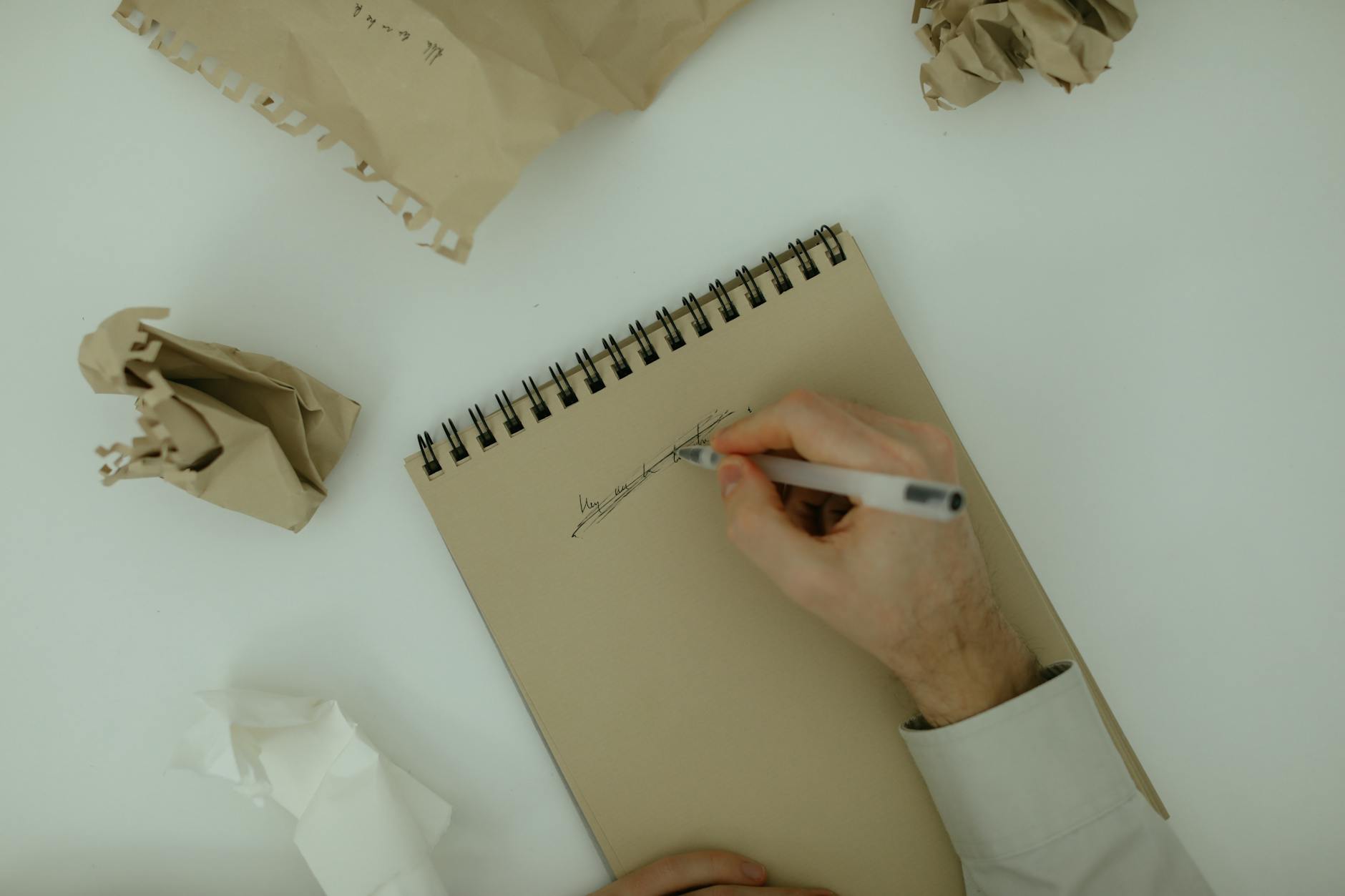Beyond the Stream: Your First Merch Drop, A Guide to $0 Upfront Costs & Sustainable Income
For most creators, the idea of selling merchandise feels like a fork in the road. On one path, there’s the fear of being a ‘sellout,’ cheapening your art by slapping a logo on a T-shirt. On the other, there’s the logistical nightmare: sinking hundreds of dollars into boxes of inventory that might end up collecting dust in your closet. As of July 12, 2025, I want to permanently erase that second path from your map. Good merch isn’t about selling out; it’s about giving your community a badge of honor. It’s a tangible piece of the world you’ve built. And thanks to modern e-commerce, you can launch it with exactly zero dollars in upfront inventory costs. This is your guide to doing it right.
The Real Purpose of Merch (It’s Not Just Money)
Before we touch a single design tool or e-commerce platform, we need a critical mindset shift. Yes, merch is a fantastic, sustainable income stream that can fund your next album, film, or creative project. But its true power lies in community.
Strategist’s Debrief (The Community Badge): When a fan buys your T-shirt, they’re not just buying a piece of cotton. They’re buying an identity. They’re saying, “I’m part of this. I was here. I get the joke.” Seeing someone else in the wild wearing that same shirt creates an instant bond. Your merch is the uniform for your tribe. It transforms a scattered digital audience into a visible, real-world community. That, not the profit margin, is its most valuable function.
Think of it as the ultimate expression of support. Someone can stream your song or watch your video for free, but choosing to spend their hard-earned money on a physical item you designed is the highest form of validation. It’s a commitment. Our goal is to create something worthy of that commitment.
The Zero-Risk Model: An Introduction to Print-on-Demand (POD)
The entire strategy hinges on one revolutionary concept: Print-on-Demand, or POD. Here’s how it works:
- You create a design (for a shirt, hoodie, mug, tote bag, etc.).
- You upload this design to a POD service like Printful or Printify.
- You connect that service to a simple online store. The POD service automatically generates product images (mockups) for you.
- A fan visits your store and buys the T-shirt.
- Only after the order is placed, the POD company prints your design on the shirt, packages it, and ships it directly to your fan.
- They deduct their base cost for the product and shipping, and you keep the rest (the profit).
You never touch inventory. You never pay for a product until you’ve already sold it. The risk of unsold merchandise is completely eliminated. This is the single biggest game-changer for independent creators in the last decade.
Launchpad: Your First $0-Inventory Merch Drop
This is the exact, step-by-step process. Do not overthink it. Simplicity wins.
- Step 1: Validate Your Idea (Before You Design). Don’t guess what your audience wants. Ask them. Use Instagram Stories to run a poll. Post two ideas: “Which of these lyrics would you wear on a shirt? A vs B.” or “Thinking of a merch drop: Simple Logo Tee or an Inside Joke?” This is not just market research; it’s part of the marketing. You’re building anticipation and making your audience feel involved.
- Step 2: Create a Simple, Powerful Design. You are not a graphic designer, and that’s okay. Your first merch item shouldn’t be a complex, multi-color illustration. Go to Canva (the free version is fine) and create a text-based design. It could be:
- A memorable lyric from your most popular song.
- An inside joke from your stream or community Discord.
- Your artist/channel name in a clean, interesting font.
Save your design as a PNG file with a transparent background. That’s it.
- Step 3: Set Up Your Tech Stack. Sign up for Printful. Then, create a store. For beginners, I highly recommend Fourthwall, as it’s built for creators and has a free plan. Alternatively, use Shopify’s ‘Starter’ plan ($5/month) which lets you put links on social media without a full website. Connect your Printful account to your chosen store.
- Step 4: Create Your Product. In Printful, go to ‘Add Product’. Select a basic, popular T-shirt (like the Gildan 5000). Upload your design. Position it where you want it. Printful will generate a series of photorealistic mockups. These mockups are your product photos.
- Step 5: Price for Profit. Printful will show you their price (e.g., $12.95 for the shirt). You set the retail price. A standard markup is 40-50%. A good starting point for a T-shirt is often $25 – $30. This would give you a profit of roughly $12-$17 per shirt. Push the product from Printful to your store, and it’s ready to sell.
Case Study: The ‘Anxious & Overcaffeinated’ T-Shirt
A Twitch streamer known for her high-energy, slightly chaotic gaming sessions had a recurring catchphrase: “Currently fueled by anxiety and an entire pot of coffee.” Her community loved it. For her first merch drop, she didn’t try to design a cool gaming logo. She simply went to Canva, typed out the phrase “Anxious & Overcaffeinated” in a bold, retro font, and uploaded it to a comfortable, soft-style tee on Printify.
She announced it to her 2,000 followers on Instagram and Twitter with a mockup of herself ‘wearing’ the shirt. The caption: “For everyone who gets it. The official uniform of our community is here.” In the first 48 hours, she sold 72 shirts. With a profit of $14 per shirt, she made over $1,000 in two days with zero upfront cost or risk. The lesson? Authenticity outsells artistry every time. The most powerful designs come from the shared language of your community.
Strategist’s Debrief (On Pricing & Value): Don’t be afraid to charge what your product is worth. You are not just selling a shirt; you’re selling a premium, custom-printed item that represents a connection to you. A $25-30 price point is standard for indie merch. Undercutting your price doesn’t just hurt your profits; it signals that you don’t value your own brand. Remember, your POD provider handles the manufacturing, packaging, and customer service for shipping. Your price needs to cover their cost and fairly compensate you for your creative work and the community you’ve built.
Your Business Toolkit: Common Questions
“Printful vs. Printify: What’s the difference?”
It’s a common question. Think of it like this: Printful is like an all-inclusive resort. They do all the printing and shipping themselves in their own facilities. Quality is very consistent, and their platform is incredibly user-friendly. Printify is like a travel agency. They are a network that connects you to dozens of different print shops around the world. You can often find slightly cheaper base prices, but you have to be more careful about vetting the specific printer you choose for quality and reliability. For your first drop, I recommend Printful for its simplicity and reliability.
“I can’t afford Shopify’s monthly fee. Are there truly free options?”
Yes. This is a major hurdle for many. While Shopify is the industry leader, you don’t need it to start. Check out Fourthwall or Big Cartel. Both have free tiers that are perfect for your first 1-5 products. They integrate with POD services and let you get started with absolutely zero monthly fees. You can always migrate to Shopify later as your business grows.
“What happens if someone wants a refund or their package gets lost?”
This is the beauty of the POD model. Your provider (e.g., Printful) handles this. They have a customer service team that deals with misprints, damaged goods, and shipping issues. Review their specific refund and return policies, but generally, if there is a fault with the product, they will reprint and reship at their own cost. This removes a massive layer of administrative headache from your plate. Your main job is to be the creative and the marketer, not a logistics expert.
Your 14-Day Launch Blueprint
Success is in the planning. Follow this schedule for a coordinated, effective launch.
- Days 1-3: Research & Brainstorm. Listen to your top songs. Scroll through your own comments. What are the recurring themes, jokes, and phrases? Write down 5-10 potential merch ideas.
- Day 4: The Validation Poll. Pick your top 2 ideas and run a poll on Instagram Stories. Save the results. You now have data.
- Days 5-7: Design & Setup. Create your winning design in Canva. Set up your Printful account and your chosen storefront (e.g., Fourthwall). Create the product and get your store link ready.
- Days 8-10: The Teaser Campaign. Start teasing the drop. Post the mockups. Use Instagram’s countdown sticker. Say things like, “The community has spoken… something special is coming this Friday.” Do not share the link yet.
- Day 11: Email List Early Access. This is crucial. Send an email to your mailing list offering them 24-hour early access before you post it on social media. Reward your most dedicated fans. This is a powerful incentive to join your list.
- Day 12: Public Launch. Post on all your social media channels! Use the mockups, be excited, and tell the story behind the design. Your call to action should be crystal clear: “It’s finally here! Link in bio to get yours.”
- Days 13-14 & Beyond: Promote & Engage. Don’t just post once. Continue to promote the drop for the next few days. More importantly, when the first person posts a picture wearing your merch, celebrate it. Reshare it to your stories. Make that fan a hero. This creates a powerful feedback loop of user-generated content that will sell more merch than any ad ever could.















Post Comment
You must be logged in to post a comment.